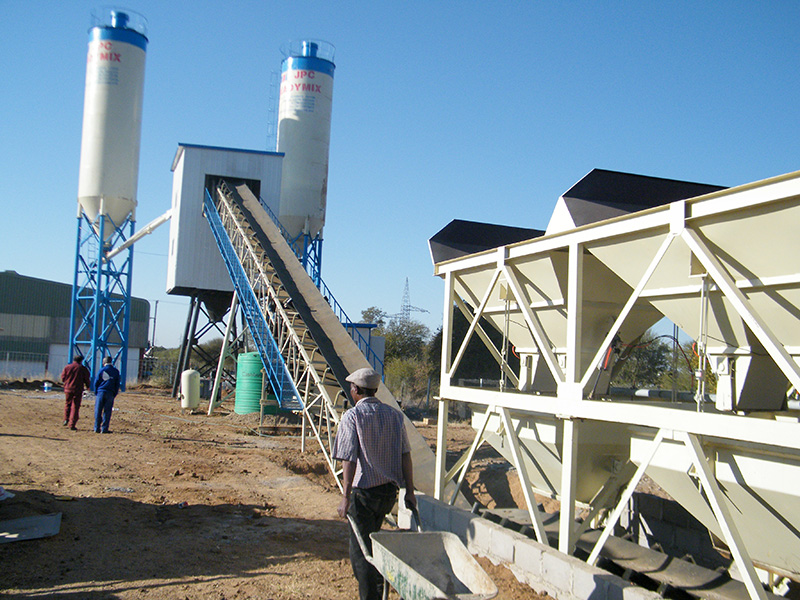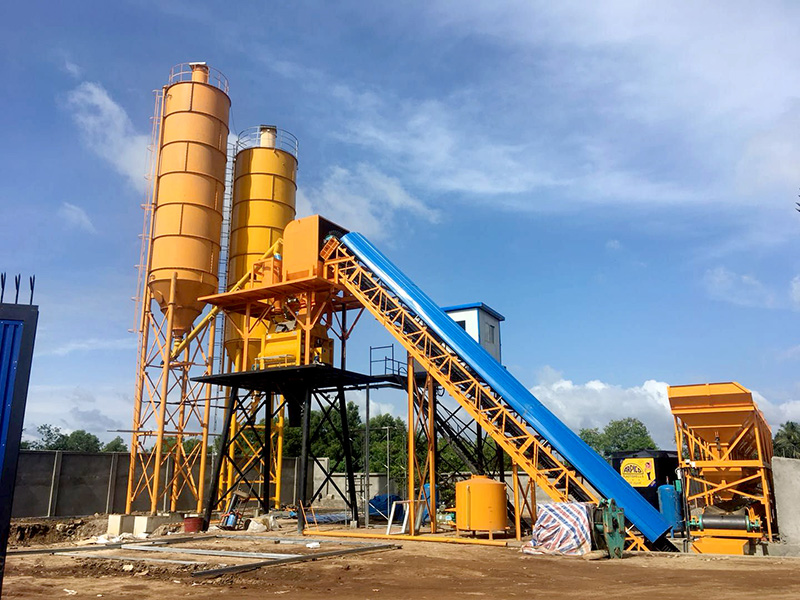Skyscrapers, sidewalks, bridges, houses, driveways, and many other structures are built with concrete, a man-made substance. Concrete is a resilient substance that can withstand some of the most powerful natural forces once it has been set and shaped. But before it hardens, concrete can be moulded and molded into almost any shape, making it “plastic.” The characteristics of the mixture determine the quality of the concrete once it has hardened.
In order to make a concrete product that is durable, concrete mixing includes finding the ideal ratios of water, cement, sand, and gravel. In fact, the final concrete foundation will crack readily if the mixture contains even the slightest amount of extra paste or water. Conversely, inadequate paste or water mixtures in concrete mixtures lead to rough concrete(venta de plantas de concreto).

Location of Concrete Mixing
Using a batch plant, concrete is mixed. Sand, water, boulders, and gravel, among other components, are blended, mixed, and prepared for use at a project site in a sizable, mechanical and occasionally computer-assisted machine. Concrete batching plants come in two basic varieties that are used to mix and prepare concrete. The first is a ready-mix facility, which entails mixing all of the components for concrete with the exception of water, which is added as the last component during delivery to a job site. Central-mix batch plants are the second kind of concrete batching facility. All of the concrete’s components, including water, are combined in a central mix facility before being transported to the construction site.
Plants for Ready-Mix Batches
Using a ready-mix concrete batch plant(plantas de hormigon) to combine the materials, the mixture is then emptied into a mixing truck to prepare the concrete for manufacturing. If you’re going to use ready-mixed concrete, you essentially have three options. Prior to arriving at the job site, the truck mixer can be set at a low speed during which time the speed of the mixing drum can be increased for five minutes in order to prepare the mixture.
Second, the concrete mix can be prepared at the mixing yard and transported to the job site with minimal stirring. Finally, during transportation, the concrete mix can be rotated inside the drum at a medium pace to ensure that it is thoroughly mixed when it arrives at its destination.

Batch plants with a central mix
Using a central-mix concrete batch plant is the second most common way of batching concrete. A mixing truck is used to deliver the concrete mix to a construction site after it has been thoroughly combined and mixed at central-mix plants other: https://aimixgrupo.com/planta-de-concreto-premezclado-en-venta/. The ingredients are blended in a permanent, silo-like mixer that is placed on the plant in central-mix plants. There are a few benefits to using what are referred to as “wet batch” concrete plants for mixing concrete.
Concrete mixtures can be made more quickly by central-mix plants than by truck mixers. Second, adopting a central-mix facility spares concrete-mixing vehicles from having to work as hard or incur as much wear and tear. Third, a central-mix facility produces a more uniform mixture overall than a truck mixer does.
Overall, there are numerous ways to do concrete batching in AIMIX. The method you choose for producing concrete will depend on your budget, the project’s timetable, and the level of quality you require.
